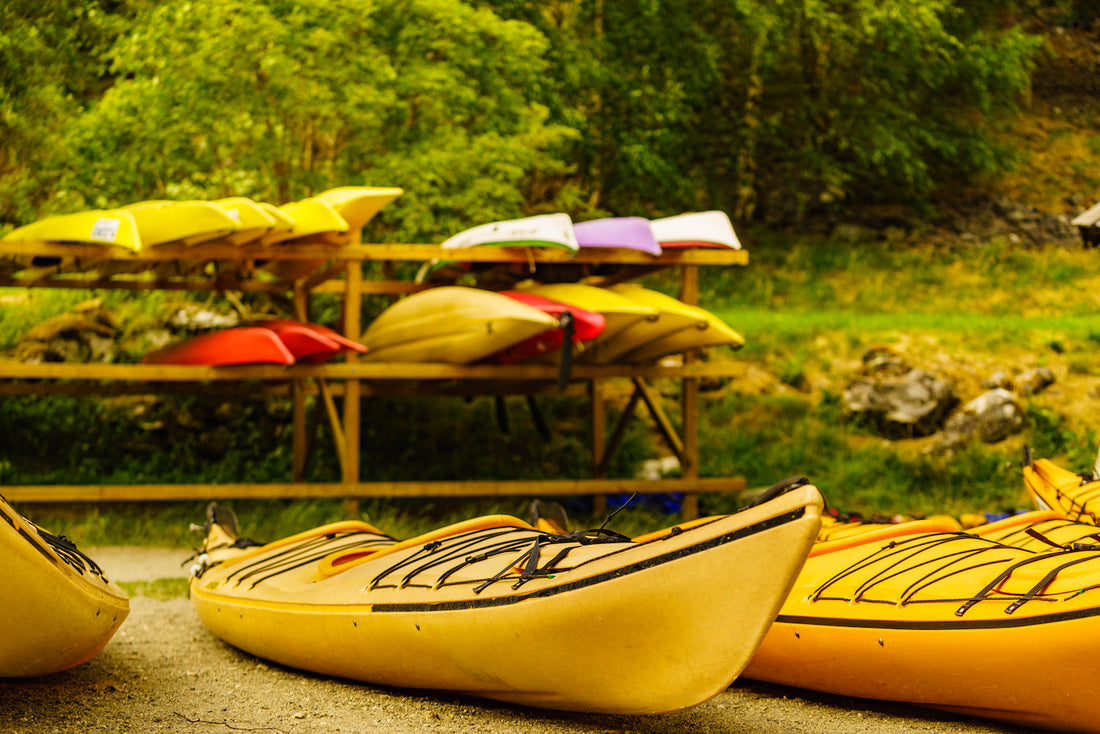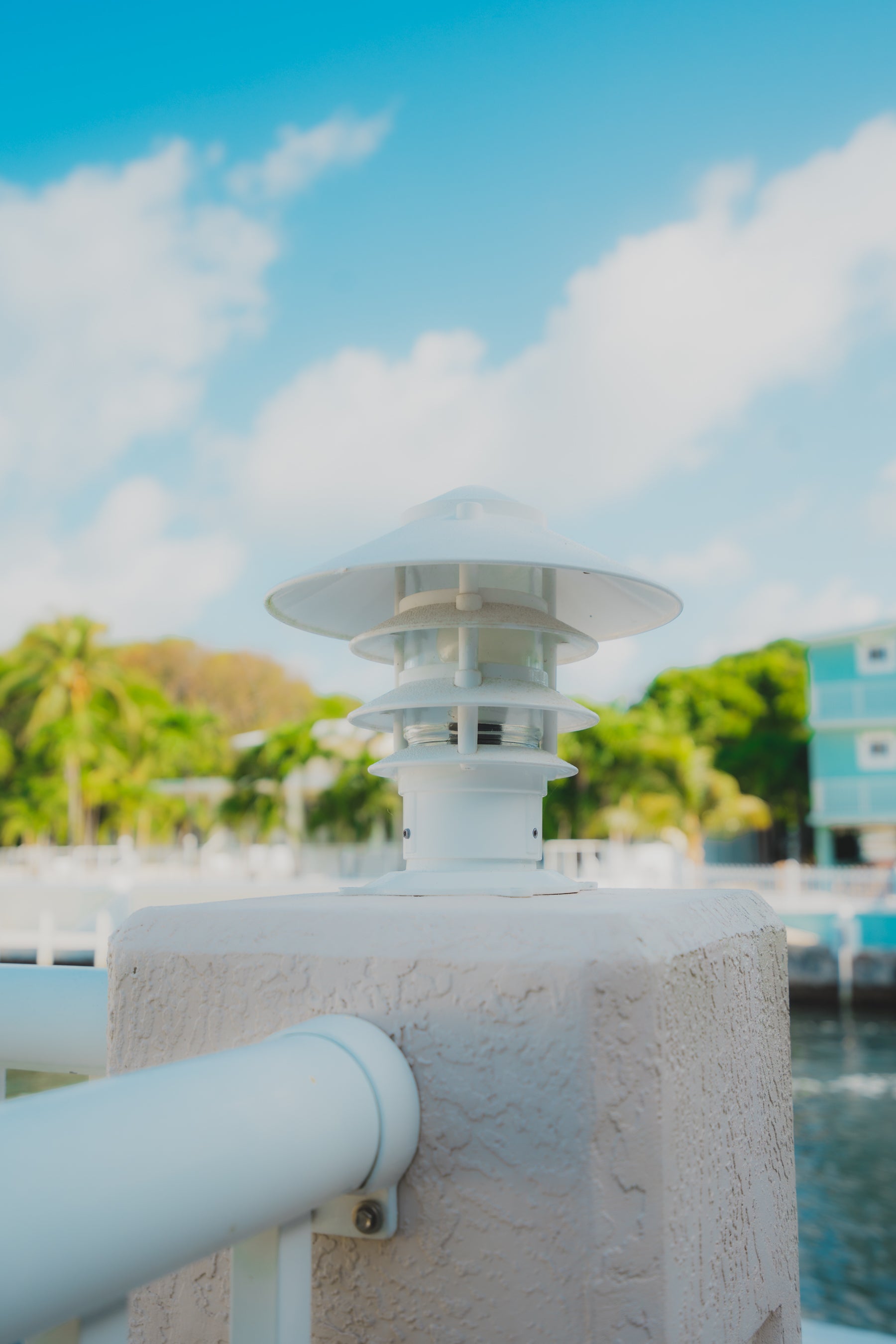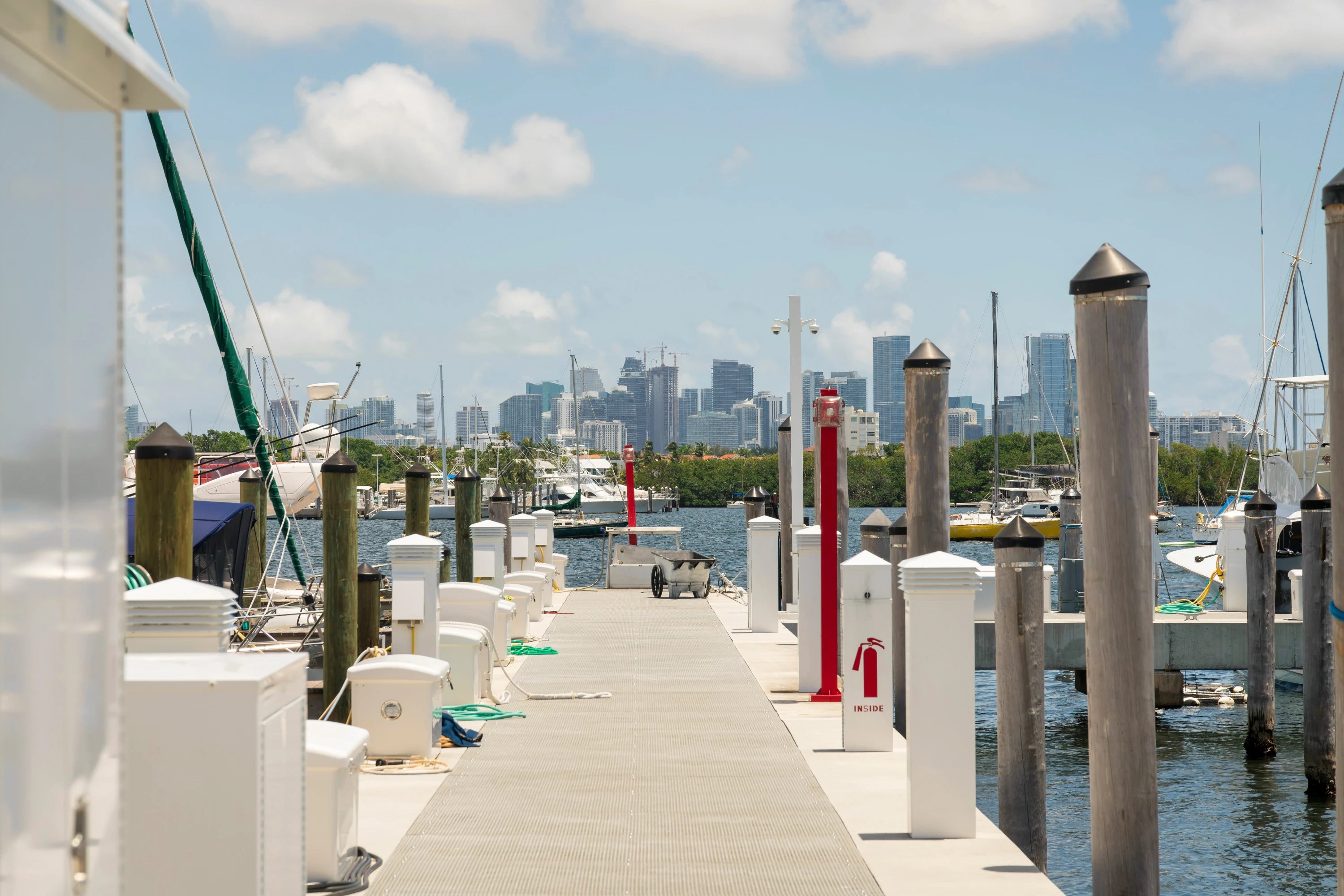
How to Properly Store a Kayak Outdoors
Share
With the summer months upon us, hitting the water becomes more appealing every day. While some folks enjoy going for a swim, others appreciate the thrill and speed of a boat with a motor. A classic and accessible way to enjoy the water, however, is simply kayaking.
Feeling the cool winds and warm sun as your kayak glides across the surface is something anyone can enjoy. Once your expedition is done, however, you’ll want to make sure that your craft is stored properly. Below, we cover all the tips you might need for properly storing your kayak outdoors.
Storing a Kayak Outdoors
Whether you are lacking an indoor storage space for your kayak, seek less of a hassle, or just want your craft to be more accessible, storing your kayak outdoors presents its own benefits and drawbacks.
Pros
Most immediately, having your kayak outdoors makes it instantly accessible to bring it right to the shore—saving you time and hassle before you get to hit the water. Benefits to storing your kayak outdoors can include:
Cons
While having your kayak accessible is great, outdoor storage isn’t always sustainable. Those who live in mild climates can enjoy storing their boat outside for longer periods of time, but extreme hot or cold temperatures run the risk of causing damage to your boat. Some factors to consider include:
What to Avoid
While making the most of your outdoor space to store your kayak, make sure you’re avoiding some of the most immediate things that will cause damage to your boat. Your craft will do fine in short-term storage outdoors as long as you keep in mind:
Consider Your Craft
Depending on the style of your kayak and the material it’s made of, it may have unique storage needs. The larger the kayak, the more hull and weight you’ll be dealing with; and you’ll want to avoid warping the kayak due to poor storage at all costs. It’s important that the weight of your kayak is evenly supported, and its size is properly accommodated for.
Sit-on-top kayaks are best stored deck-side-down, with straps, bars, or planks supporting it at each third of the length of the boat. Sit-inside styles should have their cockpits covered and inner cushions removed (if applicable) when left alone for long periods. Inflatable kayaks can be deflated and condensed for compact storage.
Regardless of the style of your kayak, you can begin with the same basic rules to ensure that it’s clean, dry, and secure for storage.
Steps for Storing
1. Clean the Kayak
After you’ve pulled it ashore, you’ll want to give your vessel a good clean before storing it. Remove any seating, cushions, or fabric interiors and store them (preferably indoors somewhere) to avoid mildew.
Scrub the kayak with a mild detergent and a long scrub brush, and then rinse thoroughly with running water. Open the drainage plug to thoroughly drain, and then move it into a sunny spot for it to air dry.
2. Store the Kayak
Depending on the size and shape of your kayak, the structure that you store it on can vary. Your options range from floor racks, DIY kayak racks, wall pegs, hanging suspension straps, or even just vertically up against the wall.
However it’s stored, it’s important to make sure that:
- The weight of the boat is distributed evenly across its supports
- The supports are padded
- It’s not in contact with moisture from the ground
- It’s out of direct sunlight
- If any weight is supported by a flat surface, the craft is regularly moved to avoid warping
3. Secure the Kayak
Securing your kayak or its rack to a solid structure can make all the difference. Whether it ends up exposed to winds, a clumsy shoulder, or other mischief, having your boat secured will prevent it from being damaged—or worse.
Kayak racks can be locked to the exterior of a building or the structure of your dock, adding stability and security. If your boat is supported by a wall, simple pegs can be added on either side to give it a dedicated place to lean without sliding around. Tethers can also be used, but make sure they have enough slack so as to not put pressure on the shell.
Contact Us
After enjoying some time on the water, you’ll want to make sure your watercraft is properly accommodated. Haven Dock & Marine carries all of the dock accessories you may need to make the waterfront the best it can be.
If you’re in need of kayak equipment, storage solutions, or other dock equipment, find your nearest dealer today and get started. Or, contact us with any questions you may have about storing your kayak outdoors.


